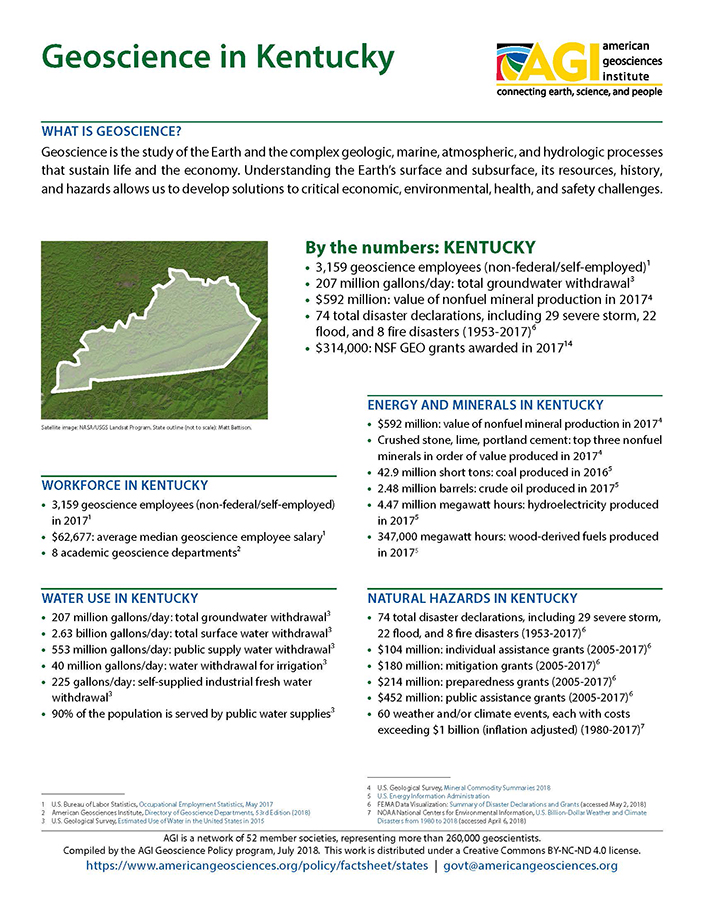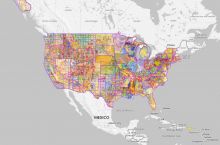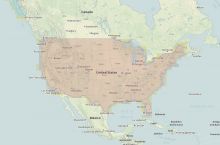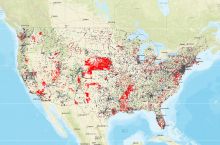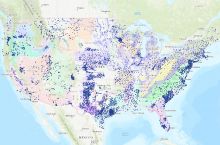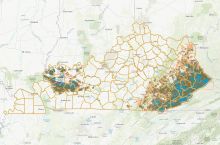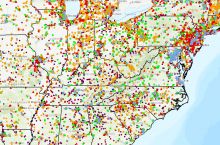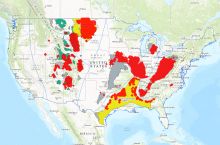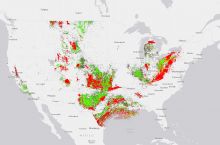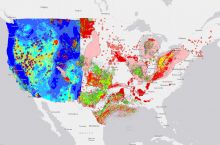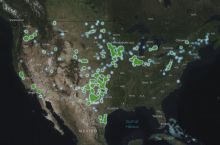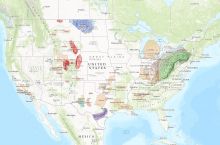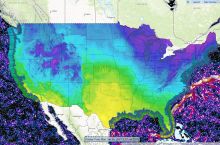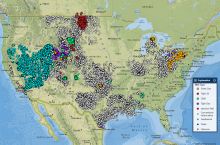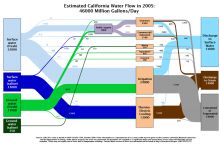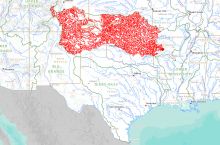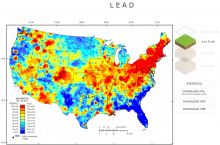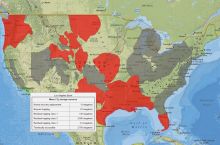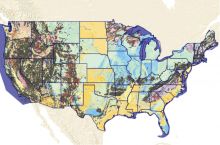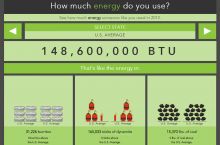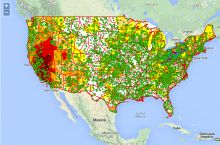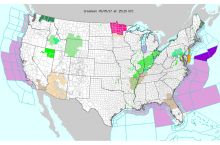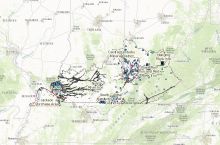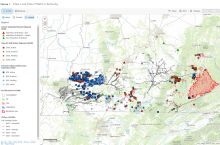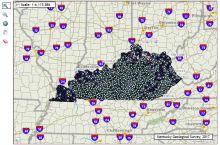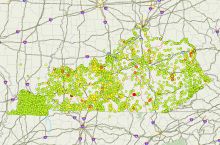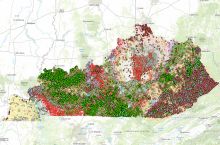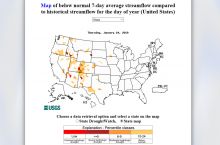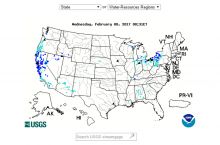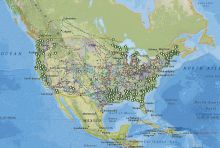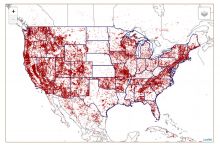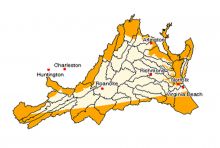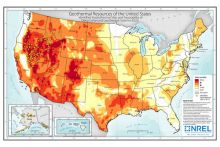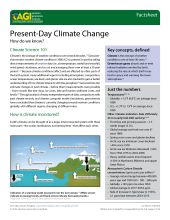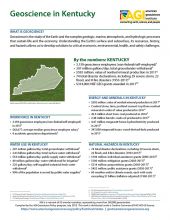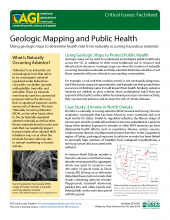By the numbers: Kentucky
- 3,159 geoscience employees (excludes self-employed)1
- 207 million gallons/day: total groundwater withdrawal3
- $592 million: value of nonfuel mineral production in 20174
- 74 total disaster declarations, including 29 severe storm, 22 flood, and 8 fire disasters (1953-2017)6
- $314,000: NSF GEO grants awarded in 201714...
Agencies Working on Geoscience Issues in kentucky
The Kentucky Department for Environmental Protection's mission is to protect and enhance Kentucky's environment. This mission has a direct impact on Kentucky's public health, citizens' safety, and the quality of Kentucky's natural resources.
The Kentucky Department for Natural Resources, through its divisions and partnerships, provides technical assistance, education and funding to help landowners, institutions, industries, and communities in conserving and sustaining Kentucky's natural resources. In addition, the department inspects timber harvests and mining operations to ensure the protection of citizens, the environment, and workers.
Kentucky Emergency Management (KYEM) is a division of the Kentucky Department of Military Affairs. Among other programs, KYEM co-ordinates dedicated programs related to earthquakes, hazardous materials, and superfund sites.
Kentucky's EEC oversees energy development and environmental protection in Kentucky. The EEC consists of three departments: the Department for Environmental Protection, the Department for Natural Resources and the Department for Energy Development and Independence.
The Office of Energy Policy was created through an Energy and Environment Cabinet Reorganization during the 2018 Kentucky General Assembly. The OEP retains many functions of the former Department for Energy Development and Independence. The mission of the OEP is to utilize Kentucky’s energy resources for the betterment of the Commonwealth while protecting and improving the environment.


